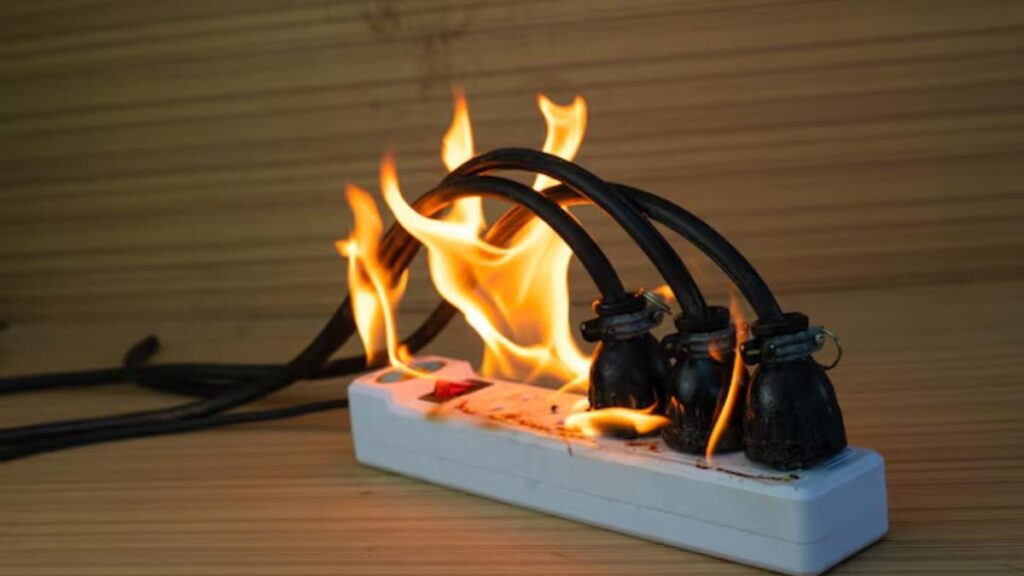In every household, the power strip has become a daily essential. We plug in the TV, the game console, and sometimes even the microwave. Convenient, yes. But this little white box has its limitations. Too often, it is used incorrectly, ignoring safety rules. In such cases, the risk goes beyond just a simple short circuit. It becomes a real danger for your home.
Some devices, despite being very common, should never be plugged into a power strip. Why? Because they can cause the power strip to overheat. And when overheating occurs, the risk of fire increases. Do you think you are safe?
Devices You Should Never Plug Into A Power Strip
You probably have a power strip at home. It’s handy for connecting multiple devices at once. However, not all devices are suitable for this. Some consume too much electricity.
For example, the microwave, toaster, or electric heater. These items require a lot of energy to operate. If you plug them all into a power strip, it can overheat.
It’s like pouring too much water into a glass; it overflows. The power strip can also “overflow” and heat up excessively. This can lead to a fire. So, even though it might be tempting, never plug these large appliances into one. The risk is too great.
Why These Items Are Dangerous For Your Power Strip
These devices have one thing in common: they draw a lot of current. When they operate, they consume a substantial amount of energy simultaneously. A standard power strip isn’t built to handle all that. It has a limit, just like a balloon.
If you blow too hard, it bursts. Well, the power strip is similar. It can burn, melt, or even spark. The worst part is that you may not always notice the problem until it’s too late.
Everything seems to be working fine, and then suddenly, there’s a breakdown or a burning smell. Sometimes, it even leads to a fire. That’s why electricians advise: these items should be plugged directly into the wall, not anywhere else.
Safety Rules That Everyone Forgets
Many people use their power strips without much thought. They plug in a charger, a lamp, and then a coffee maker. Occasionally, they even plug one power strip into another. This is very dangerous.
They think they are saving space, but they are doubling the risks. Another common mistake is using a power strip in the bathroom or kitchen, where water is present.
Water and electricity do not mix well. It’s also important to check if the power strip is damaged. A frayed cord or a loose plug… all of that poses a hidden danger. A power strip should always remain clean, dry, and properly positioned.
How To Use Your Power Strip Safely
To ensure safety, you need to follow a few simple rules. Firstly, don’t plug more than three high-powered devices at once. Secondly, don’t place the power strip under a rug or furniture. It needs space to dissipate heat. If it heats up, you should be able to see it.
Don’t use an old power strip that smells hot or makes noise. Finally, carefully read the information printed on it. It indicates how many watts it can handle. If you’re unsure, consult an adult or a professional. Your safety and that of your home depend on it.

